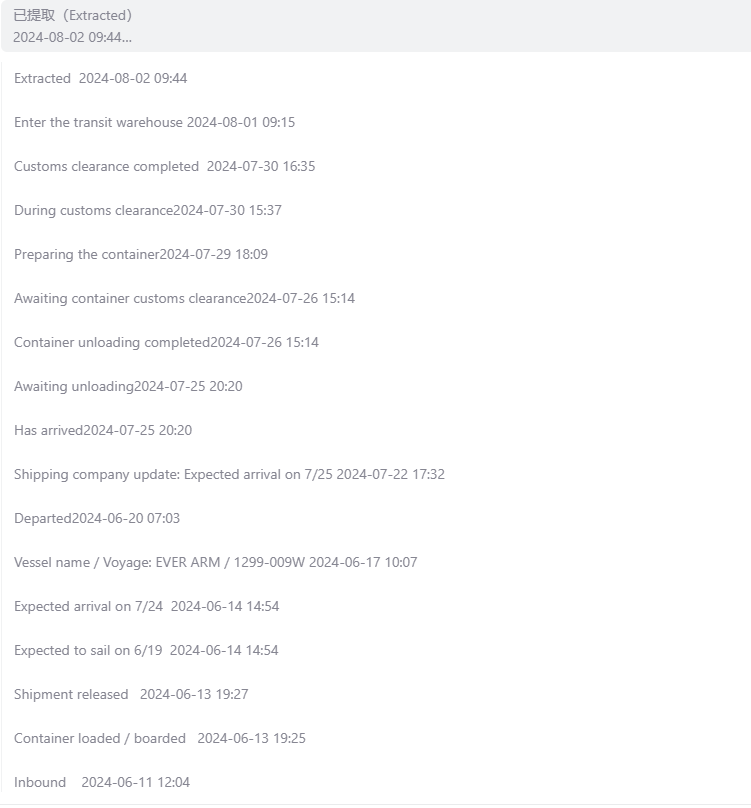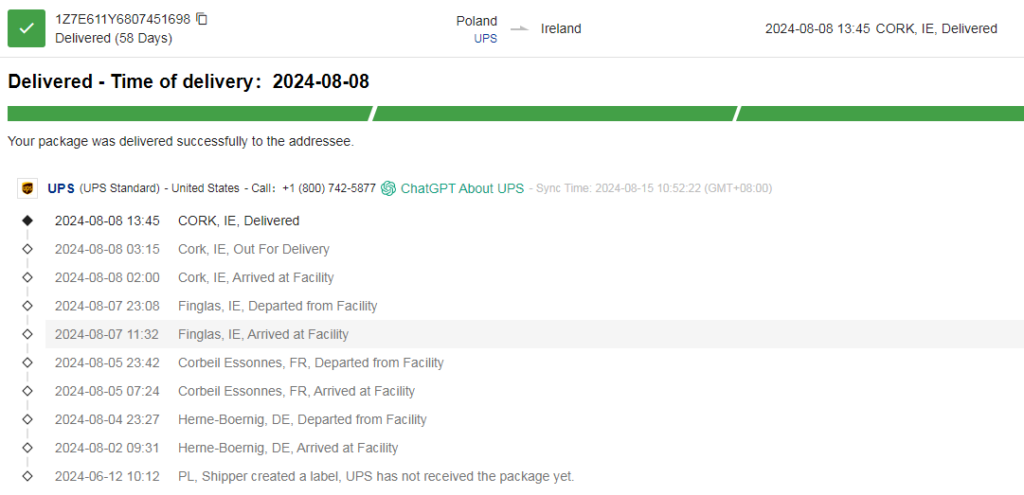1. Preparation and Containerization (3-7 Days)
Once your products are handed over to the freight forwarder, the process of containerization begins. This involves carefully packing and securing your goods into shipping containers to ensure safe transit. The time taken for this step can vary from 3 to 7 days, depending on the volume of goods and the efficiency of the freight forwarder.
2. Sea Voyage from China to Europe (Approximately 35 Days)
After leaving the Chinese port, the sea journey to a European port typically takes around 35 days. This duration is subject to various factors such as weather conditions, port congestion, and the specific route taken by the vessel. It’s important to note that while 35 days is an average estimate, actual transit times can vary.
3. Customs Clearance and Port Procedures (5-7 Days)
Upon arrival at the European port, the freight forwarder will arrange for customs clearance. This process involves the inspection of goods, payment of duties, and other necessary paperwork. Customs clearance and the subsequent procedures at the port can take between 5 to 7 days, depending on the efficiency of the customs authorities and the complexity of the goods being shipped.
4. Transportation to European Warehouse (5-7 Days)
Once cleared, the goods are transported to a European warehouse. This leg of the journey can also take approximately 5 to 7 days, contingent upon the distance from the port to the warehouse and the logistics infrastructure in place.
5. Warehouse Processing and Local Delivery Arrangement (5 Days)
At the warehouse, the products undergo further processing and sorting. Afterward, a local courier is scheduled to pick up the goods for final delivery to the end customer. This final step typically takes around 5 days, considering the efficiency of the local delivery network.
Conclusion:
In summary, from the moment your products are handed over to the freight forwarder to the time they are received by your European customers, the entire process can take approximately 54 days. This timeline is an estimate and can be influenced by various factors along the supply chain. It’s always advisable for businesses to account for potential delays and to communicate these timelines clearly with their customers to manage expectations effectively.
Sea Shipping time from China to Ireland, Europe


